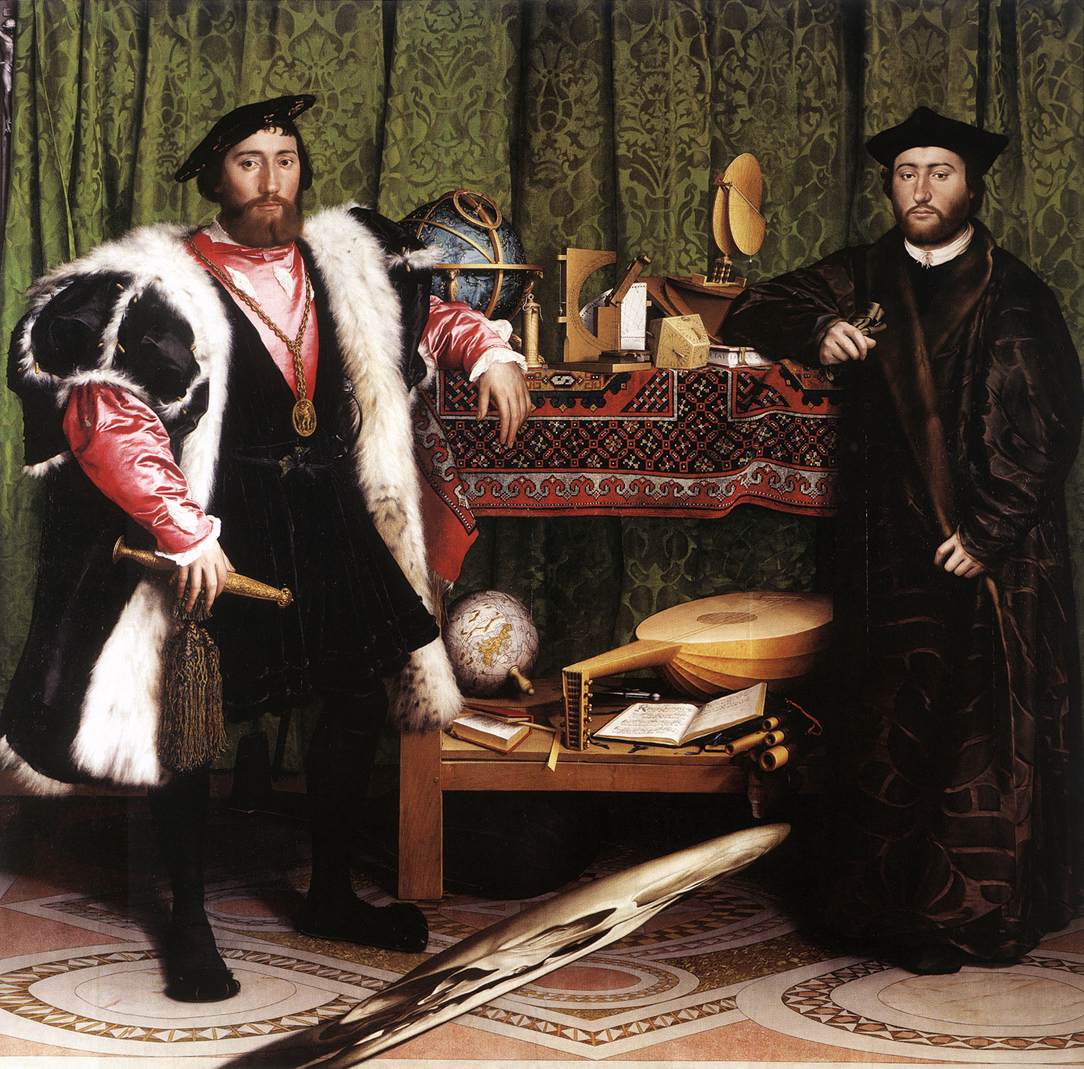| Faithful Catholic queen, Catherine of Aragon |
Perhaps with Elizabeth and her virulently anti-Catholic henchmen (Cecil, Topcliffe, Waslsingham, etc.) all dead and a baptized Catholic on the throne, although raised Protestant, Shakespeare felt he could be be more openly Cathoic in his plays. And there are many, many indications of his Catholicism in the lines and events of Cymbeline.
The play is set in the first century when Caesar Augustus was Emperor so we immediately have a reminder of Christ and the Church. The plot itself involves a disputed marriage between the king's daughter, Imogen, and a commoner, Posthumus, who is banished and takes up residence in Rome.
Both Imogen and Posthumus are described in the noblest of terms, particularly Imogen who later in the play disguises herself as a young boy named Fidele. Imogen whose name derives from the Irish for "maiden" adopts the name "faithful" in disguise. Her character could easily remind Shakespeare's audience of Catherine of Aragon who remained the "faithful maiden"to her husband Henry VIII and her Catholic faith while in exile at Kimbolton Castle until her death in 1533.
| Henry VIII by Hans Holbein |
Later, after Imogen flees the castle and takes on boy's attire, she ends up meeting her brothers,
kidnapped as babies by a banished noble who angered the king. He raises them as his own and they live in the wild in a cave where they must "stoop" to enter a fact that their "father" tells them "instructs you how to adore the Heavens, and bows you to a morning's holy office," the Mass perhaps? We are told it's "dark December" and that they make their "cage" a "choir." Later on when Cloten meets the older brother they cross swords and Cloten threatens, "Die the death, when I have slain thee with my proper hand...and on the gates of Lud's Town [London] set your head
There is another fact that points to the division between Protestant England and Catholic Rome. Cymbeline has been paying "tribute" to Rome, but at the urging of his wicked second wife, unnamed in the play, informs the Roman ambassador, Lucius, he will no longer pay up -- which precipitates a war. This can reasonably be interpreted as a metaphor of the break between England and Rome and the refusal to bend the knee to papal authority.
The theme of the play like many others is reconciliation and in the end Cymbeline once again promises "to pay our wonted tribute, from the which we were dissuaded by our wicked Queen." The Catholic recusant Shakespeare wanted reconciliation with Rome and his plays spill over with signals to inspire hope among the hidden Catholics in England. Studying his plays reminds one that "the game is afoot" as Henry V cries out rallying his troops into the breach. And what an adventurous game it is!
But Shakespeare wasn't the only artist sending secret messages about the faith. German painter Hans Holbein the younger, raised in a devout Catholic family, ended up in England when Lutheran iconoclasts destroyed the demand for religious art in Germany. He became one of the most famous portrait painters of the period basically creating a picture history of Tudor England including the famous portrait of St. Thomas More. One of his most interesting portraits filled with cryptic messages is called The Ambassadors today although only since the 19th century.
I'll point out just a few things. But if you want to learn more about this fascinating artist watch the video at the end of this article. The two men in the picture which was painted in 1533 are the French ambassador to England and a French bishop. The odd looking object on the floor in the center of the picture is a skull. If you look straight at the picture it is difficult to see it. If you stand at the far right of the portrait and look down, the skull is clearly visible. It is an interesting optical illusion and an odd thing for the artist to do, unless, like pictures of saints holding skulls, you are pointing out that all in life is fleeting. But why make the skull so difficult to see?
There are other puzzles in the picture. If you want to know the secret of the broken string on the lute and the Lutheran hymn book below it, watch the video. The last thing I want to point out is the object on the far upper right, partly hidden by the curtain. Can you see what it is?
I would like to know who commissioned this work and where it was during the Tudor period. Today it hangs in the National Gallery of London. I wonder if Henry VIII ever saw it and what he would have made of it.


No comments:
Post a Comment